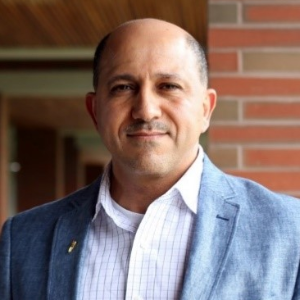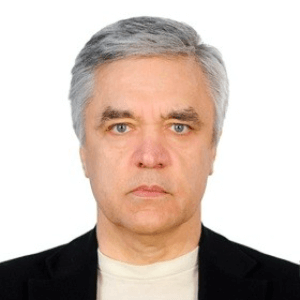Structure-Property Interactions
Structure-Property Interactions Describes The Relationship Between The Structure Of A Material And Its Set Of Intrinsic Physical Properties. Structure Refers To How All The Atoms In A Material Are Interconnected And Arranged, While The Physical Properties Refers To Its Mechanical, Thermal, Optical, And Magnetic Characteristics. For Example, Metal Alloys Such As Stainless Steel Demonstrate Excellent Corrosion Resistance, Due To The Polarity Of The Atoms In The Crystal Lattice, As Well As Its Strength And Stiffness. The Properties Of A Material Depend Largely On Its Structure. This Is Why Researchers Continually Strive To Better Understand Structures And Their Properties In Order To Optimize A Material’s Performance. To Do This, Researchers Must Analyze And Understand How The Structure Influences The Properties Of A Material. This Process Requires Characterization Of The Structure In Different Conditions (E.G. Temperature, Pressure) And Then Evaluation Of The Physical Properties Resulting From These Changes. By Carefully Studying Structure-Property Interactions In Materials, Researchers Can Develop New And Improved Materials With Desired Properties. In Order To Do This, Researchers Must Analyze And Characterize The Structures At Different Resolutions, Understand How The Structure Influences The Properties Of A Material, And Explore How The Structure And Properties Can Be Tuned. This Requires A Combination Of Experiments, Theory, And Computational Simulations. For Example, Advanced Computational Techniques Such As Electronic Structure Calculations Can Be Used To Predict And Design Different Properties Of A Material. Overall, Understanding Structure-Property Interactions Is Essential For The Development And Design Of Modified And Improved Materials With Specific Properties. It Enables Researchers To Engineer New Materials With Desired Characteristics And Can Open Up New Opportunities For Materials Applications In A Range Of Industries.

Hossam A Gabbar
Ontario Tech University, Canada
Victor John Law
University College Dublin, Ireland
Alexander Bagaturyants
National Research Nuclear University MEPhI, Russian Federation
Sergey Suchkov
N.D. Zelinskii Institute for Organic Chemistry of the Russian Academy of Sciences, Russian Federation
Shree Niwas Chaturvedi
Centre for Aptitude Analysis and Talent Search, India
Pieter Samyn
SIRRIS, Belgium




Title : Advances in plasma-based radioactive waste treatment
Hossam A Gabbar, Ontario Tech University, Canada
Title : Unraveling the ultrastructure and functions of the neuronal membrane skeleton using super-resolution fluorescence microscopy
Zhou Ruobo, Djillali Liabes University of Sidi Bel Abbes, Algeria
Title : Solar box cooker dehydration, and relative humidity endpoint detection, of lamiaceae culinary leaves on the island of Crete
Victor John Law, University College Dublin, Ireland
Title : Nutrient and heavy metal loads from the Ribeiras to Coastal zones: A land-ocean continuum perspective in Madeira Island
Aracelis Del Carmen Narayan Rajnauth, University of Porto, Portugal
Title : Prospective polyoxometalate-based covalent organic framework heterogeneous catalysts
Arash Ebrahimi, Comenius University Bratislava, Slovenia
Title : Eliminating implant failure in humans with nano chemistry: 30,000 cases and counting
Thomas J Webster, Brown University, United States